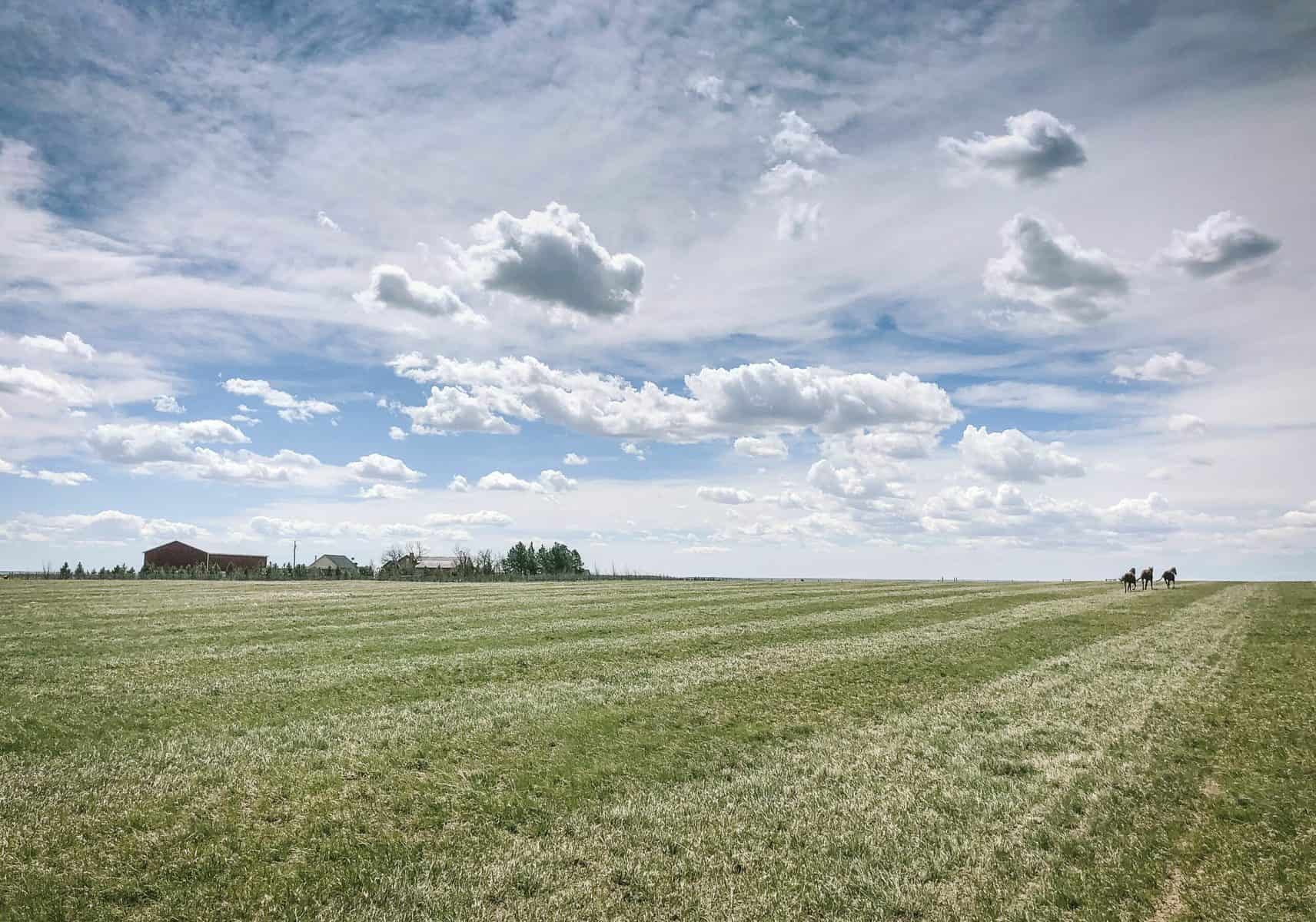
Raising our own grass-fed beef herd, having horses, and owning other grazing animals has really brought to light the importance of having a well-maintained pasture on our homestead.
These days, it seems like more and more folks are choosing the homesteading life as a way to become more self-sustaining and also to become producers and not consumers. And one of the keys to becoming more self-sustaining is to create and maintain a healthy pasture so that you can grow the food and nutrients that your livestock needs.
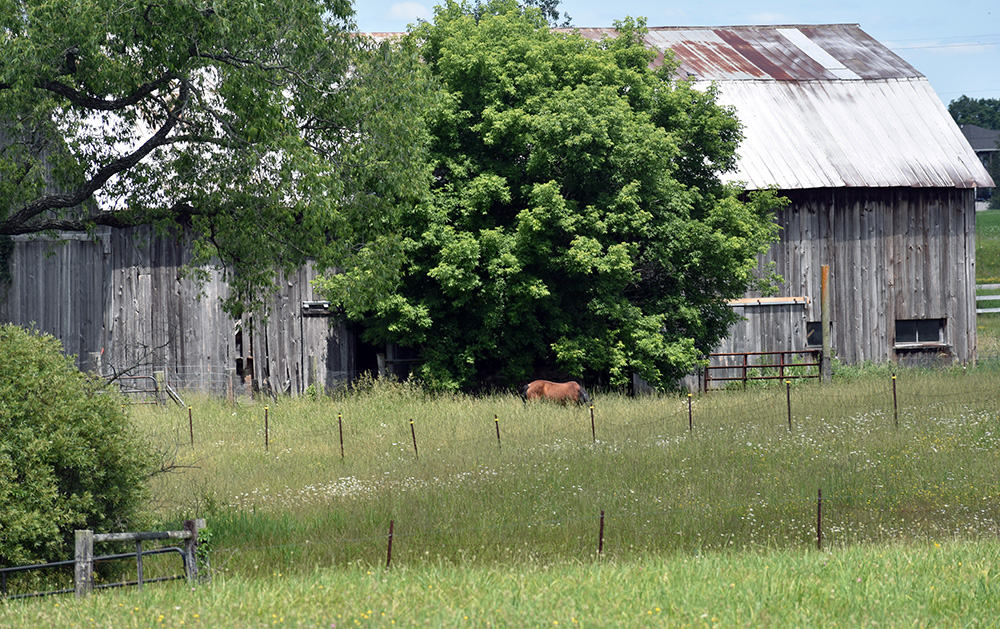
What Exactly is a Pasture?
When the word ‘pasture’ is used you might picture a big open field of green grass, but it truly is more than that. This is a mixture of grasses and legumes that are planted and maintained by someone.
Pasture is a fenced-in piece of land where homesteaders, farmers, ranchers, and other livestock owners are able to provide the necessary nutrients for their animals.
Grazing Animals That Benefit from Pasture Include:
- Cattle
- Horses
- Goats
- Sheep
- Pigs
- Chickens
Note: There are many more animal species that may benefit from specifically grown pasture land, these are just the most common.
How to Create Your Ideal Pasture
Step 1: Create a Pasture Plan
Start creating your pasture by putting it on paper first. Research your area, climate, what your livestock needs, and look at your layout. This is also an opportunity for you to pick potential pasture areas, create a drawing of your layout, or use an aerial view like google maps.
There are plenty of helpful people that you can get in contact with through your local extension office that will have tips about your specific climate and pasture health. They can be a great resource, so consider giving your extension office a call before you even start creating your pasture plan.
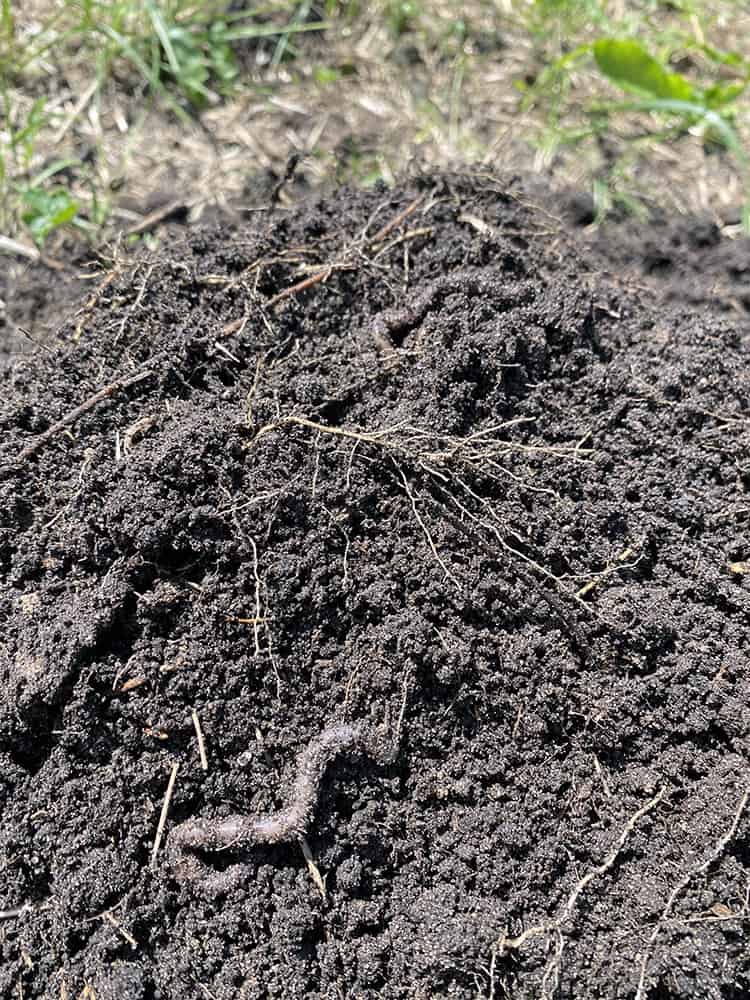
Step 2: Get to Know Your Soil
Understanding your soil type is crucial when you are deciding to create new pasture areas. Soil testing will help you choose plants that will grow best in your soil conditions or explain how to amend the soil to create your ideal pasture conditions.
Soil testing is such an important factor when you are trying to grow anything, we get our garden soil tested every couple of years. Take a look at what we learned getting our garden soil tested. If you are interested in getting your soil tested, you can call your local extension office or buy a simple home test from your local farm store (just keep in mind that the home-tests won’t be as accurate as the test from your local extension office).
Step 3: What to Plant When You Create Your Pasture
With soil test results in hand, you will now be able to determine what will grow in your existing soil, but there are other things that you should consider before you. go out and buy your seeds.
What to Consider When Choosing Plants:
- Soil – keep in consideration your type, drainage, water capacity, and ph levels
- Livestock species that will be grazing in your pasture
- What time of year this pasture will be available
- Seasonal pasture growth
Note: Treat every potential pasture/field separately, there is no one-size-fits-all plan. Each field can have individual soil conditions and problems.
The main purpose of a pasture is to feed grazing animals; you will want to focus your decisions about what to plant around the nutritional needs of your livestock. All domestic grazing livestock need a well-planted pasture to thrive; and a well-planted pasture will have both grasses and legumes.
Grasses (or roughage) will add fiber to your pasture and grazing animals need a good amount of fiber to get by. There are two different types of grass that can be planted in a pasture: both sod-forming and bunch types.
Legumes are a great addition to the grasses in your pasture, but they can cause ruminant animals to bloat if they are planted and consumed alone. These plants improve the quality of a pasture by adding protein to it.
You will need to research your specific livestock’s needs in order to figure out which specific grasses and legumes (and the ratios of each) that you will need to plant. Again, your local extension office will probably have some great tips/resources for you on your specific breed of livestock and what they need.
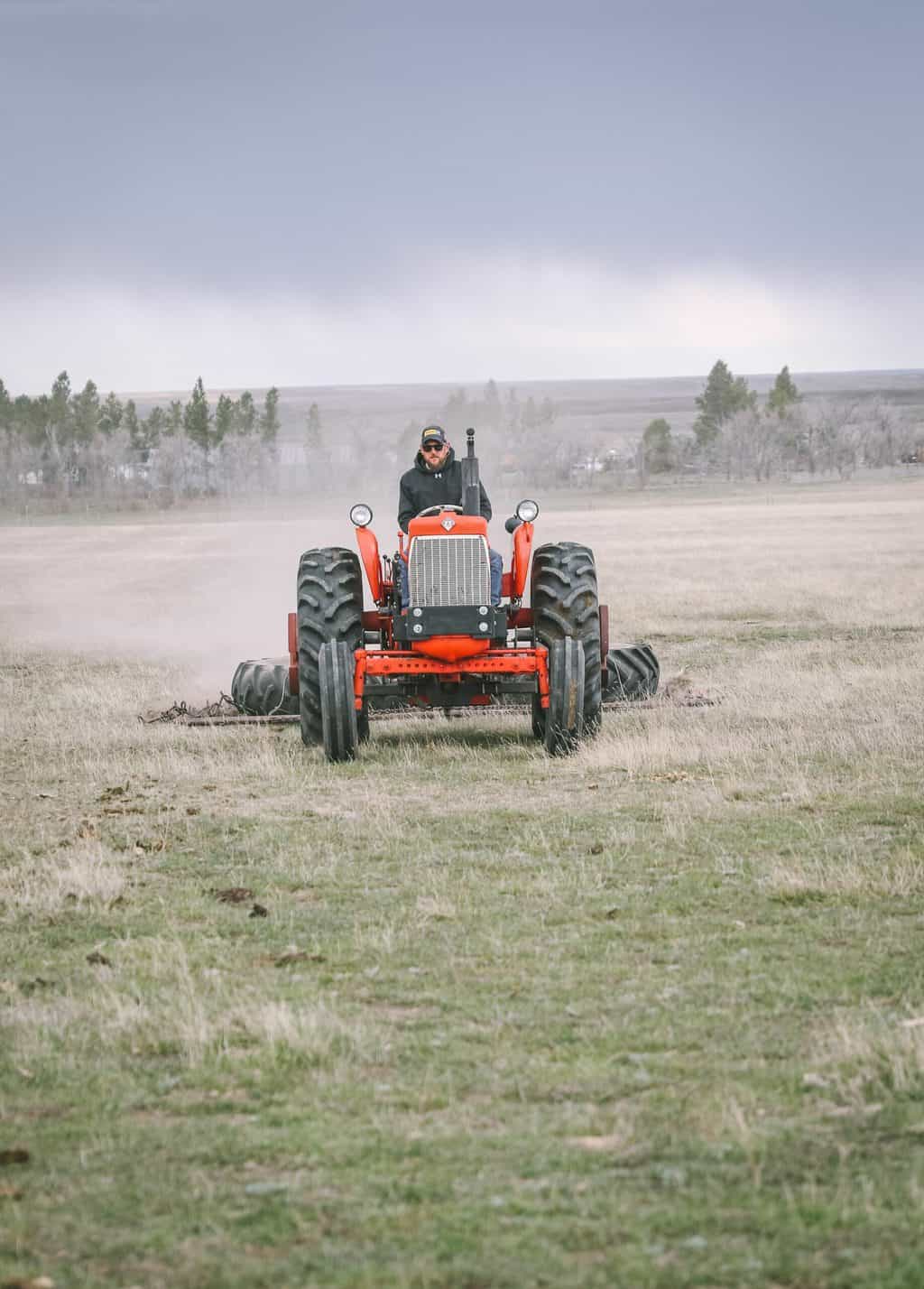
Step 4: How to Seed Your New Pasture
The first thing to consider after you have your pasture seeds is figuring out how you will plant them. You can rent the equipment, hire someone else, buy your equipment or manually do it by-hand. There are also two different ways you can seed your pasture: the Conventional Seeding Method (aka Tilling Method) and the No Tilling Method.
Conventional Seeding Method
The tilling method is often referred to as the conventional seeding method. This is when the ground is broken up and the soil is worked to make it easier for seeds to become established plants. Conventional seeding is great when you are working with compacted soil that your seeds won’t be able to penetrate. This form of planting also allows soil amendments to be added and mixed in well with your soil.
No Tilling Method
The no-tilling method is when seeds are directly sowed onto the ground without disturbing the soil or existing plant life. This form of seeding can help with soil erosion and may save money because less equipment will be needed.
Step 5: Knowing When to Plant Your Pasture
As mentioned earlier, there are a lot of different types of plants that you can include in your pasture mix. When it comes to planting your seeds, you need to know when the ideal times are. Whenever you are growing plants, you should always keep the seasons and climate in mind. Pasture plants can be divided into either warm or cool-season seeds.
For more information about pasture plants, seeding, and when to plant, you can call or visit your local extension office with specific questions.
Creating your new pasture will take some planning, preparing, and planting. Once you have an established pasture you will need to know how to keep it in tip-top shape all year for your animals to enjoy.
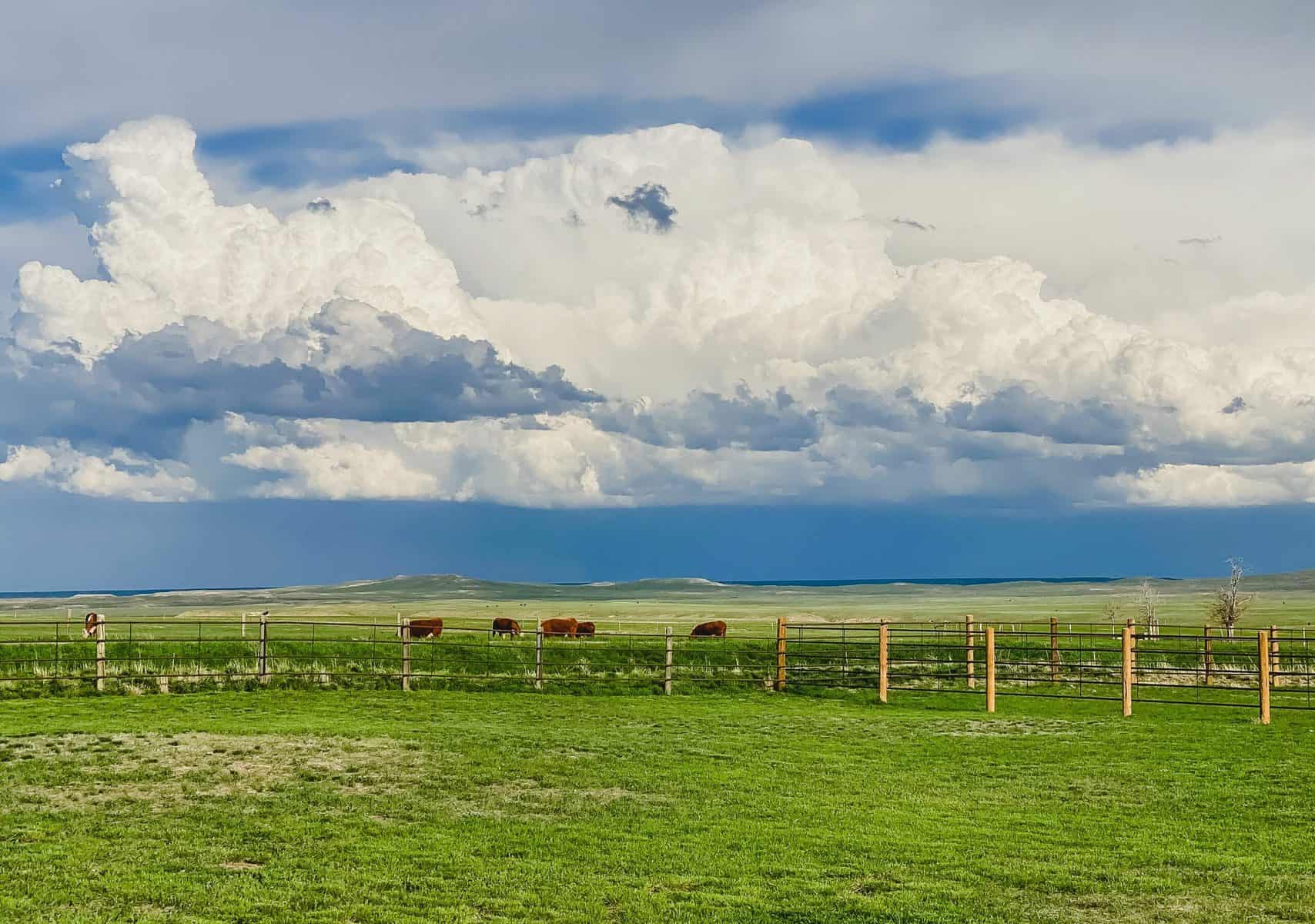
6 of the Best Ways to Maintain Your Pasture
1. Maintain Healthy Soil
Soil health was mentioned earlier as the start of creating your pasture, but it is an ongoing process. Soil testing should be completed every few years for each existing pasture. Maintaining your soil’s health is the first and, in my opinion, most important to keeping healthy pastures.
Soil tests can be done at home using a kit bought online or for a more in-depth look at your soil health, you can contact your local extension office and have samples sent out to a lab.
2. Control the Number of Animals Per Acre
Too many animals in your pasture will cause overgrazing and damage the growing cycle of your plants. When this happens, your nutrient-rich grasses are replaced by weeds and other unwanted plant life. You can prevent overgrazing by understanding how many animals you should be grazing per acre and continuously monitoring these numbers.
This article Determining Your Stocking Rate is a helpful read that will help break down species and pasture requirements.
3. Maintain Pasture Health Using Rotational Grazing
Rotational grazing is a way to prevent overgrazing, the basic idea is to divide pasture areas into smaller sections, and then rotate livestock from one pasture to the other. When your grazing animals have grazed your pasture to about 2 inches from the ground (this will depend on the livestock), it is time for them to move on. Rotational grazing will allow your pastures time to generate new growth while the other pasture is in use.
An example of rotational grazing:
You have 3 Pastures that are healthy and well maintained.
Step 1: Start your livestock in pasture 1, and they will graze here until they have eaten your pasture down 2 inches from the ground.
Step 2: Move your livestock into pasture 2, this will allow the grasses in pasture 1 the time they need to regrow. Your livestock will remain in this field until they have eaten pasture 2 down 2 inches from the ground.
Step 3: Move your livestock to pasture 3 to allow pasture 2 time to regrow and pasture number 1 time to get to a good grazing height again.
This cycle will continue as long as you allow each pasture the time it needs to regrow before placing your livestock back into them.
You will know when your pastures are ready for the return of livestock when grasses reach 4- 4.5 inches tall. This article Grazing Residue Height Matters is helpful in understanding pasture regrowth based on different areas and times of the year.
4: Provide a Winter/Spring Rest Area
Using rotational grazing helps promote growth during growing seasons, but many people don’t think about what happens to the ground where livestock are wintering. Providing a winter rest area, if possible, will prevent the muddy wear and tear happening to your dormant healthy pastures.
The winter rest area is where you will feed your grazing animals hay during the months your pastures are not able to provide. This will also provide a holding area in the spring while your pasture grasses are regenerating and creating new growth for the year.
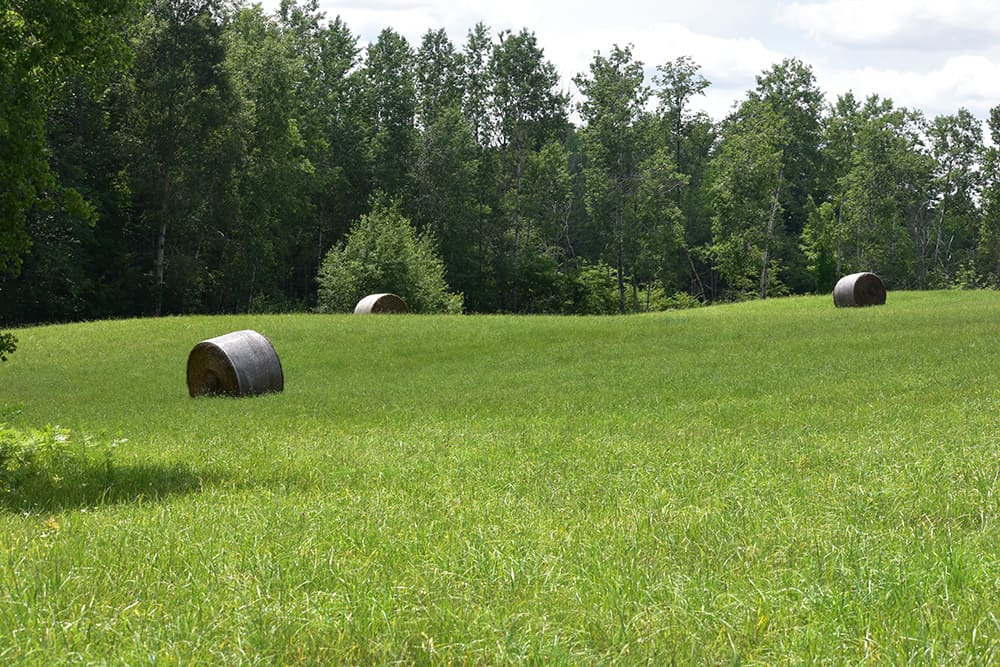
5: Mowing Your Pasture
Mowing your pasture to a continuous height of 4-5 inches will help keep your plants in a nutrient-rich, edible state. Most pasture grasses store their reserves for regrowth in their lower portion so maintaining the right height while mowing is very important.
If you mow down your pasture too short, it might have a hard time coming back before it is needed. An additional benefit to mowing your pasture is weed control it helps prevent unwanted species of plants and weeds from establishing themselves in your pasture.
6: Have a Weed Management Plan
The first part of controlling weeds in your pastures is knowing what species you have growing there. Pasture weed management can be tricky and the best way to naturally control your weed species is planting grasses and legumes that can compete with your weed species. If your weed problem becomes extreme, you will need to look more in-depth at the conditions you are providing for strong weed growth.
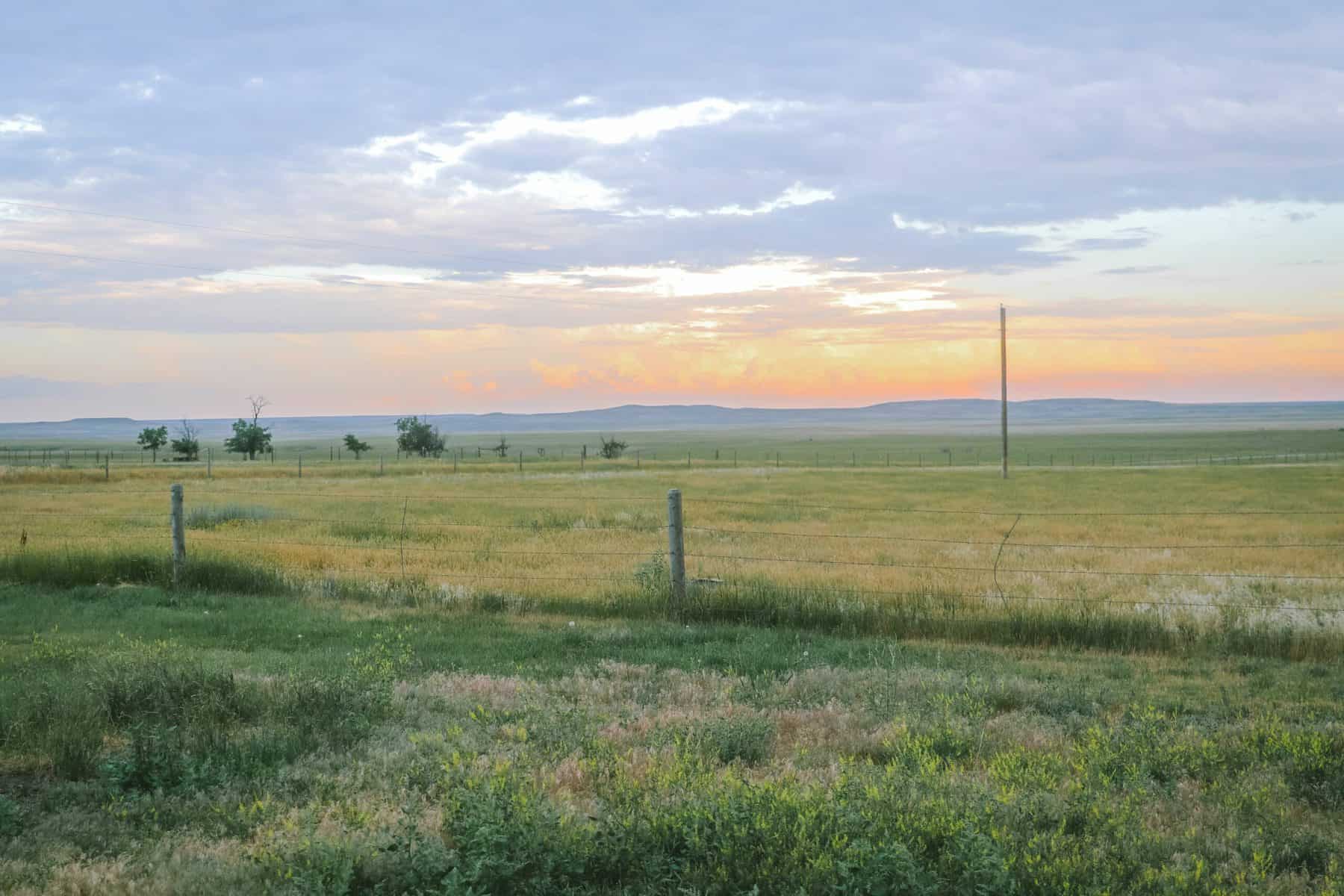
What Does Your Pasture Look Like?
Are you looking for a way to provide your livestock with a great grass-fed diet? If a pasture isn’t in your future because of lack of space, don’t panic: that’s ok, because there are other alternatives. Two common things you can look into are: leasing land and sourcing good-quality hay.
Do you have different pasture maintenance techniques? What does your pasture look like? How would you create pasture? I would love to hear more about different pasture maintenance ideas in the comments below.
More Homesteading Tips:
- How to Start a Homestead From Scratch
- How to Cultivate Community While Homesteading
- 4 Questions to Ask Yourself BEFORE Starting a New Homestead
- How to Set Homestead Goals
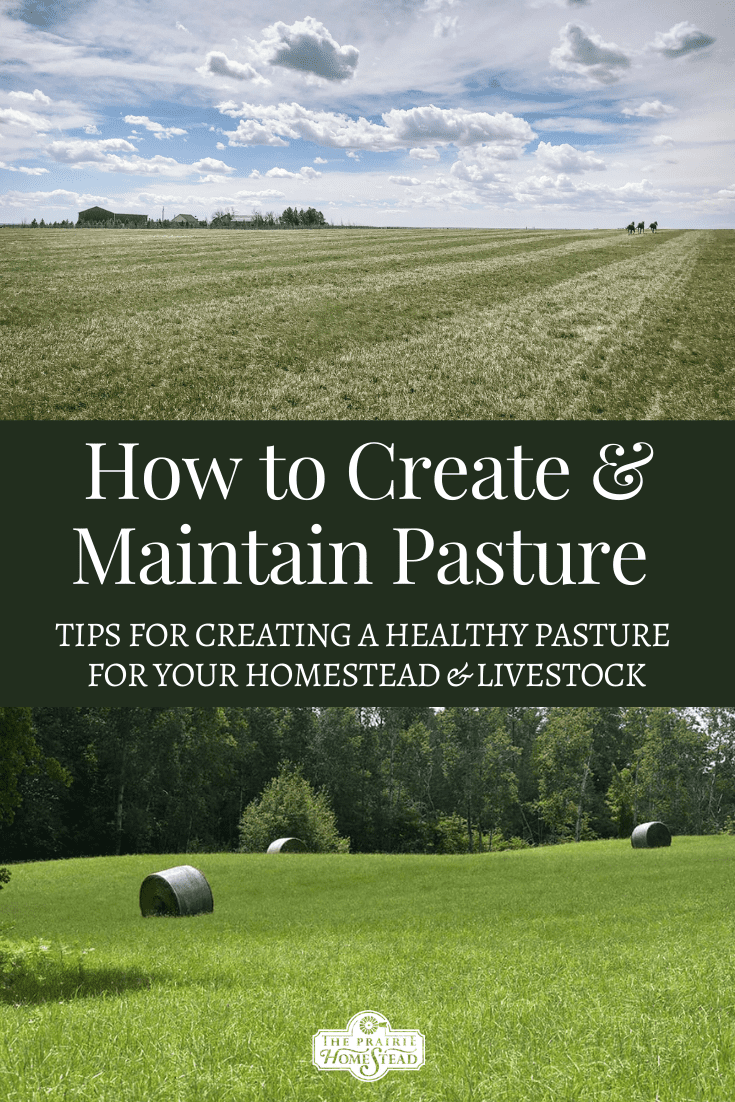
No comments:
Post a Comment